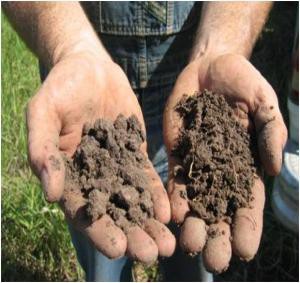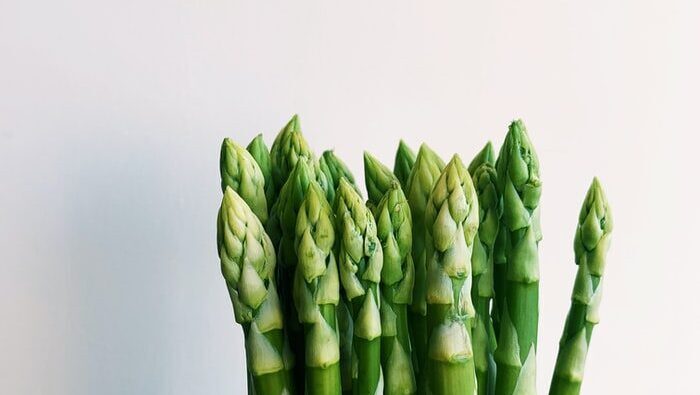3 min read
Written by Judy Paul

This year’s weather has a lot of people concerned about climate change. Early warm weather followed by frosts spoiled much of Southern Ontario’s fruit tree harvests, and now drought is threatening crops like corn across the province. I got to thinking what kinds of plants might be more resistant to huge changes in weather conditions.
While researching a paper for a course I was taking, I stumbled upon an organization dedicated to sustainable agriculture. The Land Institute is a non-profit organization and research center in Salina, Kansas. Their vision is compelling: to change the way the world grows its food. Scientists at The Land Institute are developing perennial grains (wheat, wheatgrass, sorghum, sunflowers and legumes) that will require less passes of fossil-fuel dependent farm machinery, conserve soil, better manage precipitation and nutrients, require fewer (if any) applications of fertilizer, herbicides and pesticides, sequester more carbon than annual crops, and weather the drought and deluge that will become more common with climate change.
I’m concerned about how we will feed the growing world population without causing greater environmental damage, so this organization and the work they are doing caught my attention. It makes sense to capitalize on the main advantage of perennials, i.e., their deep, dense root systems that fuel the plants’ rebirth each spring make them so resilient and able to hold on to soil, water, and fertilizer. Perennial grains keep the ground covered, reducing erosion and the need for pesticides, and their deep roots stabilize the soilthus making the grains more suitable for marginal lands. Perennials capture water and nutrients 10 or 12 feet down in the soil, 11 months of the year, More efficient use of fertilizer reduces the cost to the farmer as well as to the environment.

Photo courtesy of The Land Institute
The perennial wheat-wheatgrass hybrid now growing at the Land Institute can already be made into flour. Yields are too low to compete with annual wheat in Kansas — but maybe not in Nepal, which has steeper slopes and a harsher climate, and where a researcher is now testing perennial hybrids in small plots. Amber waves of perennial grain may be decades away, but the emergence of cheap DNA sequencing is allowing plant breeders to work much faster than they used to. For a tiny fraction of the billions spent annually on corn research, The Land Institute could create field-testable perennial corn in as little as ten years. Perennial grains and the work of this organization is a beacon of hope in our hungry world.
For more information see: www.thelandinstitute.org.
